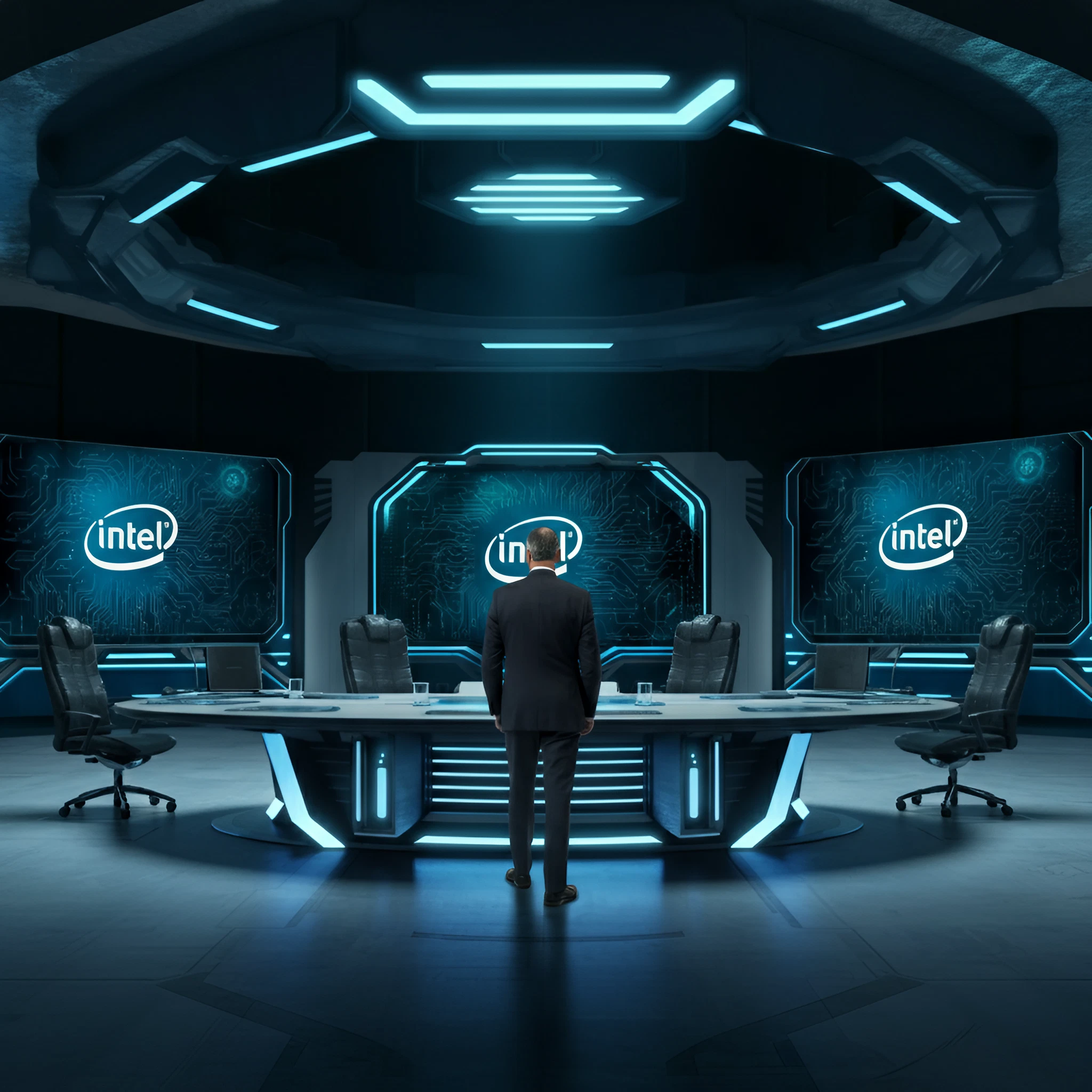The arrival of Lip-Bu Tan as Intel’s new CEO marks a pivotal moment in the history of the storied semiconductor company. Tan, a seasoned leader in the semiconductor industry and the former CEO of Cadence Design Systems, steps into leadership at Intel during a period of significant challenges but also great opportunities. With his appointment, Intel is poised to address its current struggles while attempting to reclaim its standing as a leader in the global semiconductor market.
This article takes an in-depth look at Intel’s recent past, its obstacles, and where the company stands today as Lip-Bu Tan takes the helm.
The State of Intel When Pat Gelsinger Departed
When Pat Gelsinger assumed the role of Intel CEO in early 2021, he inherited a company that had fallen behind its competitors in several critical areas. While rivals like AMD were surging forward and capitalizing on market opportunities, Intel was grappling with missed chances, such as its failure to capitalize on the smartphone revolution and its struggles in chip fabrication.
Gelsinger’s tenure was marked by efforts to modernize and realign the company. He initiated the Integrated Device Manufacturing (IDM) 2.0 strategy, a bold plan aimed at revitalizing Intel’s chip production capabilities. This included significant investments such as the $20 billion commitment to build two new chip manufacturing facilities in Arizona.
However, despite these initiatives, Intel faced challenges. Its acquisition of Tower Semiconductor, held up by regulatory hurdles, ultimately fell through, straining its plans to expand its foundry services. A declining stock price, difficulty capitalizing on the AI boom, workforce reductions of 15%, and delayed chip factory openings all compounded the company’s challenges under Gelsinger’s leadership.
Intel’s Current Position Under New Leadership
Lip-Bu Tan is stepping into Intel leadership at a crucial juncture. While the company has weathered significant turmoil in recent years, there are some bright spots that signal room for improvement.
- Strengthening Domestic Manufacturing with Government Support
Under the U.S. CHIPS and Science Act, Intel finalized a deal with the Department of Commerce, securing a $7.865 billion grant to bolster domestic semiconductor manufacturing. This funding is a critical signal that Intel has government backing to compete in the semiconductor race.
- Product Wins and Continued Demand
The popularity of Intel’s Arc B580 graphics card has brought good news for the company. Positive reviews and sold-out stock points to demand for specific offerings, showing that Intel still has market recognition and product competitiveness in some segments.
Key Challenges Ahead
Although there are reasons for optimism, Intel still faces fundamental challenges under Lip-Bu Tan’s leadership.
- The AI Revolution
Rival semiconductor companies have made significant strides in AI chip technology, leaving Intel behind. Intel’s decision not to bring its Falcon Shores AI chips to market further underlines the gap that exists in this booming area of the tech sector. For Intel to remain competitive, it will need to recalibrate its AI strategy urgently.
- Regaining Competitive Momentum
Intel’s foundational goal must be to close the gap with its competitors. AMD and Nvidia, among others, have captured market share by producing faster, more efficient chips. Strengthening its research and development pipeline and fostering industry partnerships will likely be paramount for Intel.
- Restoring Investor Confidence
With Intel’s stock price taking a 50% plunge over 2024, the company also faces the challenge of winning back the faith of its investors. Careful financial management combined with clear milestones in its turnaround strategy will be key to building trust.
A Path Forward
Intel’s new leadership has an opportunity to chart a winning strategy. Here are three potential moves Intel could make to regain its foothold in the global market.
- Double Down on Domestic Manufacturing
With grant money secured, Intel could focus on advancing the construction of its long-delayed Ohio chip factory. This could solidify the company’s position as a key player in domestic manufacturing, reducing reliance on overseas suppliers.
- A Renewed Push into AI
The AI boom is reshaping the tech industry, and Intel has only scratched the surface. Hiring talent, acquiring AI-focused companies, and redeveloping an AI chip roadmap should be part of Tan’s top priorities.
- Strategic Partnerships
Collaborations with third-party manufacturers and the development of its foundry services will be crucial to expanding Intel’s influence and capabilities. Transitioning Intel Foundry Services to an independent subsidiary could also attract diverse business opportunities.
Final Thoughts
“As Intel welcomes a new CEO, a look at where the company stands” reveals a company at a crossroads. Lip-Bu Tan inherits a company with a legacy of technological excellence but one that has been battered by a series of setbacks in recent years.
With significant government support, successful product launches, and a fresh perspective at the helm, Intel has the tools it needs to redefine its position in the global semiconductor race. Whether it can successfully implement the right strategies is now the pressing question.
For tech enthusiasts, investors, and analysts alike, Intel’s trajectory under Lip-Bu Tan is a story worth watching closely. The semiconductor industry is one of the most influential sectors of the modern age, and Intel’s ability to weather its challenges could reshape the competitive landscape.
All eyes are now on Lip-Bu Tan and the roadmap he will chart for Intel’s future.








